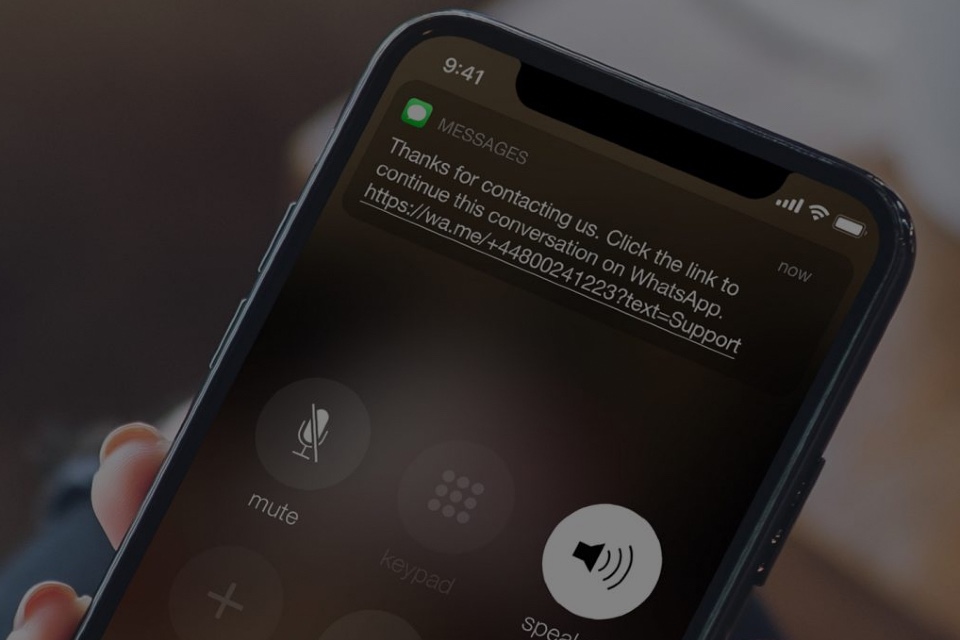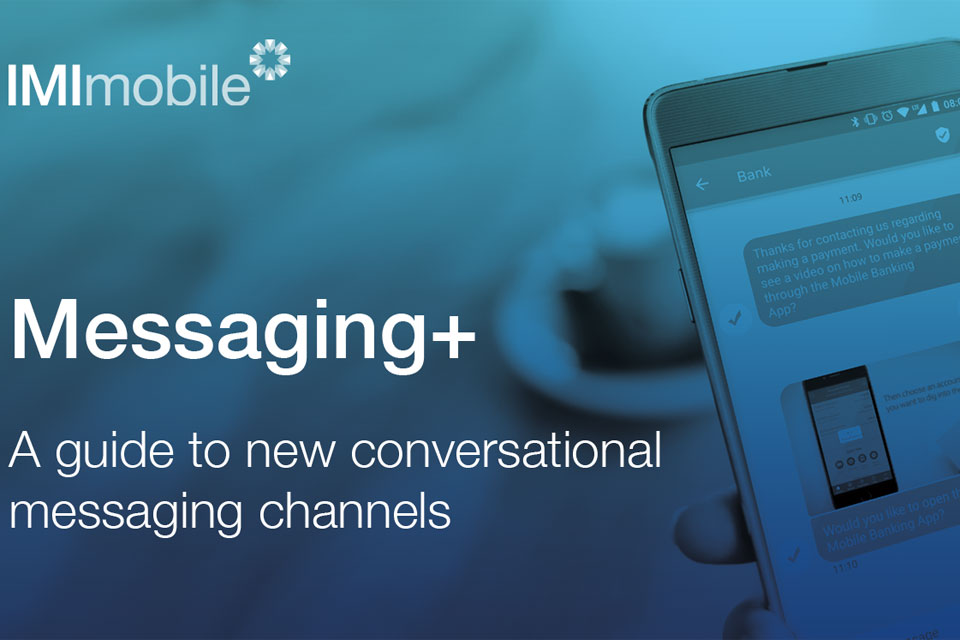5 Minutes With… Jay Patel, IMImobile
https://contactcentresummit.co.uk/wp-content/uploads/2020/06/IMImobile-June-23rd-QA-2.jpg 960 640 Stuart O'Brien Stuart O'Brien https://secure.gravatar.com/avatar/81af0597d5c9bfe2231f1397b411745a?s=96&d=mm&r=gIn the latest instalment of our Contact Centre executive interview series, we spoke to IMImobile CEO Jay Patel about his company, industry opportunities, the impact of COVID-19 and emerging technologies…
Tell us about your company, products and services.
At IMImobile, we help our clients communicate and interact with their customers over different digital channels. We have a customer interaction management suite that includes a core platform and applications that allow businesses to orchestrate and automate customer communications across all touchpoints and channels including RCS, WhatsApp Business and Apple Business Chat as well as Voice, Email and SMS.
We work across different departments within large enterprises such as Customer Service, IT/Operations & Marketing and our clients include major banks, mobile operators, utilities and logistics providers such as Hermes, Centrica, AA, O2, EE, BT, Vodafone, among many others.
What have been the biggest challenges the Contact Centre/Customer Services industry has faced over the past 12 months?
The COVID-19 pandemic has probably been the biggest challenge for contact centres in the last year. The transition to remote working for contact centre agents and subsequent increase in call volumes for most industries has been difficult for larger enterprises, particularly those in the retail and travel sectors, to handle.
We recently released a new white paper around how businesses can deploy call deflection tactics within their contact centres to reduce call volumes and we have also launched a ROI calculator to help businesses understand how having these tactics in place can reduce costs and inbound call whilst, most importantly, improve customer satisfaction.
And what have been the biggest opportunities?
For the last year, we have seen an increase in the use of richer, digital communication channels and a greater customer requirement to allow consumers to self-serve over these channels. These developments have manifested themselves in the adoption of channels such as WhatsApp Business, Apple Business Chat and RCS for business to consumer interactions which we have started to deploy at scale for some of our major clients.
What is the biggest priority for the Contact Centre/Customer Services industry in 2020?
The contact centre industry needs to start exploring how the newer communication channels can work alongside existing customer service channels such as voice and email to improve the overall customer experience and reduce costs through automation. Research has increasingly shown that customers want to self-serve as much as possible but like to maintain the option to speak directly to a contact centre agent for more complex enquires. It’s important for contact centres to get their channel balance right for their customers and allow them to decide which channel they want to use.
What are the main trends you are expecting to see in the market in 2020?
We have started to see the early signs of mobile operators investing in 5G technologies which we anticipate will accelerate the use of these richer communication channels, as well as the use of video for customer service using WebRTC technology. Our application IMIassist, enables contact centre agents, technicians, and other personnel to provide real-time assistance to customers through two-way video interactions which could transform the overall customer service experience.
In 2025 we’ll all be talking about…?
Remember when the whole world went into lockdown for nearly 3 months!
You go to the bar at the Contact Centre Summit – what’s your tipple of choice?
It’s got to be a Negroni – every time!
What’s the most exciting thing about your job?
The business opportunities driven by mobile and digital technologies. We see a world of richer seamless engagement between consumers and businesses driven by software and automation and I’m excited to help our clients achieve this.
And what’s the most challenging?
Cutting through the noise and keeping things simple.
What’s the best piece of advice you’ve ever been given?
Far too many clichés to quote but I am learning that “culture eats strategy for breakfast”.





